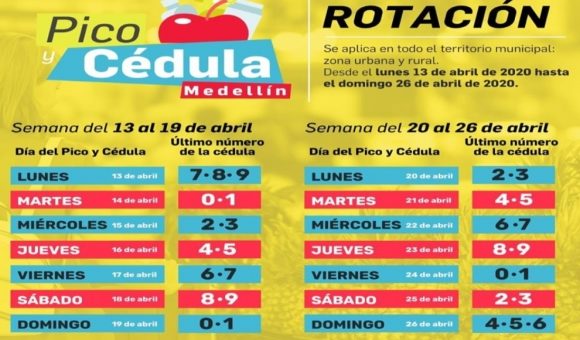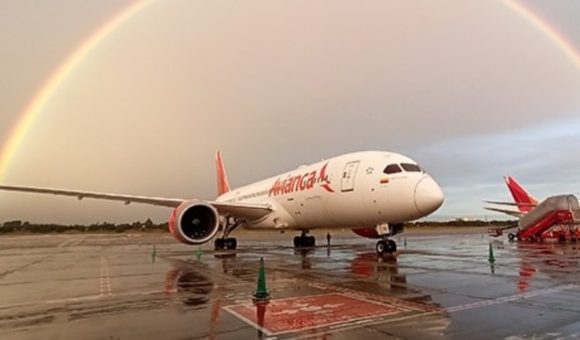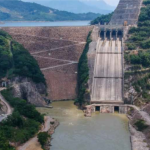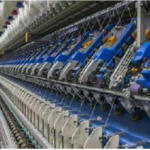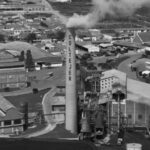Medellin’s ‘Regional Norte’ Highway Wins Debottlenecking Project Finance

The Antioquia departmental government (Gobernacion de Antioquia) and the Area Metropolitana del Valle de Aburra (AMVA, the association of Medellin regional governments) announced September 13 that financing has been secured for a major debottlenecking project of the “Regional Norte” highway between Medellin, Bello and Copacabana.
The current highway suffers huge traffic jams at the intersection of the main Bello highway with the roundabout connecting the “Regional Norte” highway and the Niquia metro station. Extending the congested “Regional Norte” highway north of Medellin alongside the eastern bank of Rio Medellin has been frustrated for some 50 years, proponents noted.
According to the AMVA-Gobernacion joint press release, COP$179 billion (US$59 million) has just been approved for “phases 2, 3 and 4” of the “Avenida Regional Oriental Norte” project.
This scheme partly involves building elevated highways on the eastern side of the Rio Medellin, opposite the existing Regional Norte highway on the western bank.
The project will be undertaken by the existing “Hatovial” highway concessionaire in three new phases, according to the government agencies:
• Phase 2, Northern Oriental Regional Route (Bello): This involves extending the Regional Norte highway on the eastern side of Rio Medellin between Universidad Minuto de Dios (at the Acevedo interchange) and the La Seca interchange (Fontidueño sector) in the municipality of Bello.
The project includes construction of a 3.6-kilometers-long highway with three vehicular lanes and a bicycle corridor, including a 350-meters-long bridge system connecting to the La Seca interchange.
.
• Phase 3, La Seca Interchange: The La Seca Interchange on the western side of the Rio Medellín river will connect to the eastern side of the river in the vicinity of EPM’s new “North” wastewater-treatment plant in Bello.
This project will include two vehicular lanes of 1.9 kilometers in length, including 0.8 kilometers of bridges — along with sub-surface intersections — enabling future expansion of the Metro rail system northward of Niquia and including the highway route to Fontidueño.
“The La Seca Interchange will allow the circulation of some of the 30,000 vehicles that travel daily through the Bello-Hatillo highway and the main route for those heading to the north of the department of Antioquia and the Colombian Caribbean coast,” according to the agencies.
• Phase 4, Copacabana: This project includes a vehicular and bicycling corridor 600-meters long, from 50th street to 48th street, bordering the Piedras Blancas stream and the west bank of Rio Medellín, passing through the Quebrada Las Catas and finally connecting with the main entrance bridge to Copacabana’s central park, according to the agencies.

